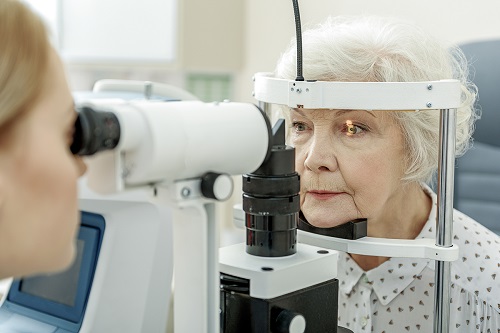As we age, changes in our vision become more noticeable and sometimes impact daily activities. One common condition linked to aging is the development of cataracts, which cloud the eye’s natural lens and reduce clarity of vision. Understanding these changes and their effects can help individuals proactively maintain eye health and quality of life.
Understanding Cataracts
When the normally clear lens of the eye becomes cloudy, it results in blurred or impaired vision, a condition known as cataracts. While commonly linked to aging, other contributing factors include diabetes, prolonged UV light exposure, smoking, or the use of certain medications like steroids. Cataracts can appear in various forms, each impacting the lens differently:
- Nuclear: Develop at the center of the lens and can cause difficulty seeing distant objects.
- Cortical: Form at the edges of the lens and gradually extend inward.
- Posterior subcapsular: Often cause sensitivity to glare and make it harder to see in bright conditions.
Fortunately, cataracts can be effectively treated through surgery, which replaces the clouded lens with a clear artificial one. Early detection and regular eye check-ups are key to managing cataracts and maintaining healthy vision.
Symptoms and Diagnosis of Cataracts
Cataracts cause a range of symptoms that vary depending on their stage of development. Common symptoms include:
- Blurred or dim vision
- Difficulty driving at night due to glare from headlights
- Increased sensitivity to light
- Fading or yellowing of colors
- Frequent changes in glasses or contact lens prescriptions
Diagnosing this condition involves a thorough examination by an ophthalmologist or retina specialist. This process often includes a visual acuity test to measure clarity of vision. A slit-lamp exam assesses the structures at the front of the eye. A retinal examination helps inspect the back of the eye and evaluate the extent of the condition. Early diagnosis allows patients to understand their treatment options better.
Impact of Cataracts on Vision
Cataracts significantly affect visual clarity, contrast sensitivity, and overall quality of life. The opacity of the lens scatters incoming light, making it difficult for the retina to process a clear image. This can interfere with daily activities such as reading, driving, or recognizing faces. Cataracts may further exacerbate existing visual impairments, particularly in cases where other age-related conditions, such as macular degeneration or diabetic retinopathy, are also present. Retina specialists may need to account for these comorbidities when managing treatment plans to support patients.
Treatment Options for Cataracts
Surgical intervention effectively treats cataracts, especially when they interfere with daily activities. Surgeons perform cataract surgery more frequently than almost any other procedure worldwide, delivering highly successful results. During the procedure, surgeons replace the clouded lens with an artificial intraocular lens (IOL) customized for the patient. Patients can choose from several IOL options designed to meet different visual needs and conditions.
Recovering from this surgery is usually straightforward. Doctors recommend avoiding strenuous activities temporarily and using prescribed eye drops to prevent infection and inflammation. Regular follow-up appointments allow doctors to monitor healing and encourage optimal visual outcomes.
Supporting Patients Through Education
Healthcare professionals can enhance patient outcomes by raising awareness of cataracts and age-related vision changes. Retina specialists and surgeons improve care and quality of life by taking a patient-centered approach. Clear communication and education about treatment options empower patients to make informed decisions about their vision health.





Leave a Reply